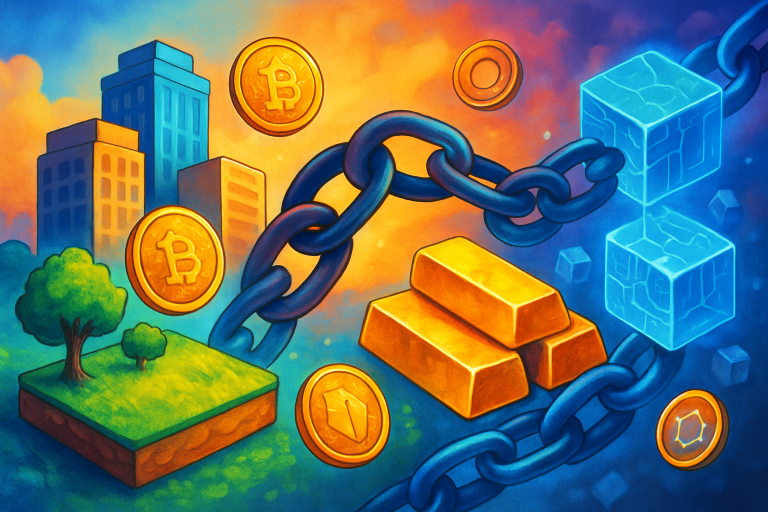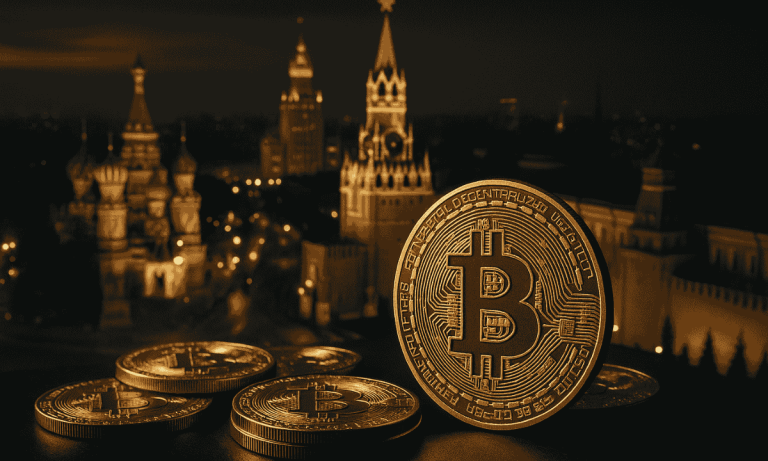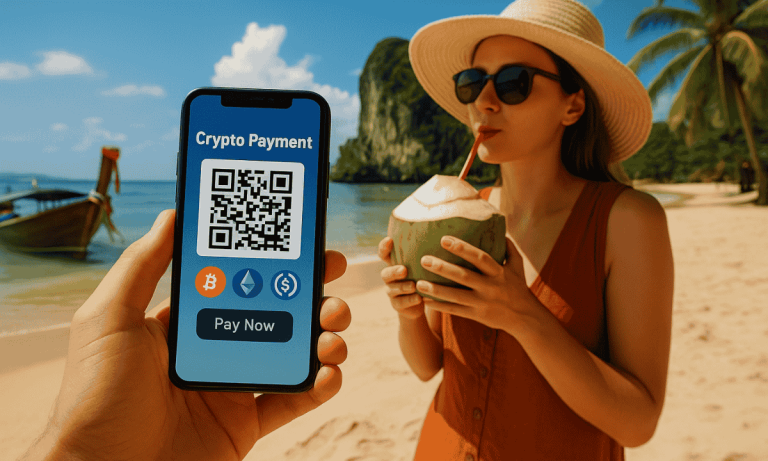Skim a dozen headlines lately and you’ll spot a pattern: digital identity is a battleground, and both governments and corporations are fighting for the gate keys. In the middle, a new technological vanguard—decentralized identity (DID) and self-sovereign identity (SSI) frameworks—aims to upend the status quo. Here’s what that disruption feels like on the ground, out where authentication isn’t just protocol, but personal.
The Old Identity Playbook Is Crumbling
Think back to your last digital sign-up. Maybe it was a streaming app, maybe a crypto wallet. You handed over your name, an email, maybe even a government ID scan. Where does it go? Who can access it? The truth: most personal data sits dispersed across corporate silos, vulnerable to breaches and beyond your control. The traditional, centralized identity model has become almost comically fragile.
What’s remarkable—and occasionally chilling—is how this system amplifies risk. A single leak can compromise millions. Hackers scrape, aggregate, and sell identities wholesale. Meanwhile, even legitimate platforms often mine your information, turning “log in with X” convenience into a surveillance business model.
How SSI and DIDs Rewrite the Rules
DID and SSI aren’t just buzzwords; at their heart, they’re about shifting power. Self-sovereign identity chips away at gatekeeping, handing individuals—not platforms—the master keys to their own credentials. Here, the user is both custodian and controller. No central authority holds the admin password.
Decentralized identifiers (DIDs) act like digital passports, but instead of being issued and revoked by a single state or corporation, they’re generated on public, tamper-proof ledgers. Credentials are cryptographically verifiable, private by default, and often portable across apps or services. SSI frameworks layer on selective disclosure: only prove what’s necessary (“I’m over 18,” not “Here’s my entire birth certificate”).
Physically, the experience takes many forms: a secure wallet app, a browser extension, even a chip on a smartcard. But the promise is uniform—users sign, verify, and share on their own terms.
Real-World Stakes and Messy Progress
It isn’t all utopian theory. Major pilot projects are sprouting up with governments, enterprises, and DeFi platforms testing these models at scale. The European Union’s EIDAS 2.0 initiative is prodding national ID programs toward decentralized rails. Big banks experiment with KYC-on-demand flows. Even universities issue blockchain-anchored degrees—credentials that graduates carry in digital wallets, not locked away in transcript archives.
But hard questions persist. Standards remain young. Interoperability isn’t always seamless. Who bears liability if a DID wallet is hacked or if credentials are revoked erroneously? Privacy zealots debate the right blend of anonymity versus accountability in regulated industries.
The Human Pulse of Self-Sovereignty
All tech is social at its root, and nowhere is that more evident than in digital identity. The move to SSI frameworks is often messy, marked by friction and cultural pushback. Some users find the idea of being their own gatekeeper intimidating—losing a password is trivial, but losing a sovereign identity could be far costlier.
Nonetheless, for the hundreds of millions unbanked or excluded from digital services due to a lack of “official” paperwork, decentralized identity signals more than convenience; it promises first-time access to finance, health care, and even democratic participation.
As of September 2025, the cracks in legacy identity are widening, and the scramble for trust is only accelerating. SSI and DIDs aren’t a panacea. But they’re a sign: ownership over one’s digital reflection is up for grabs, and for once, individuals might stand a fighting chance.







